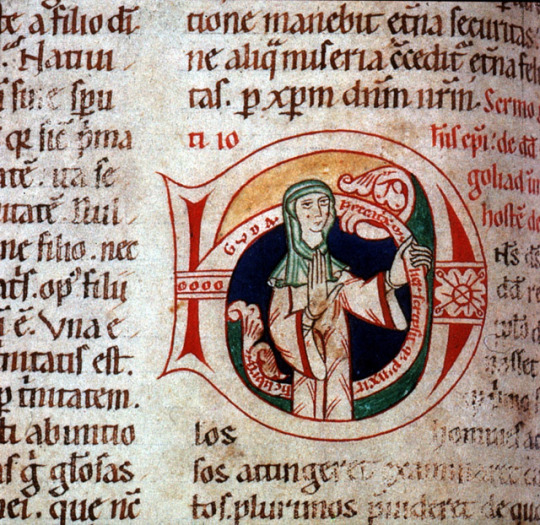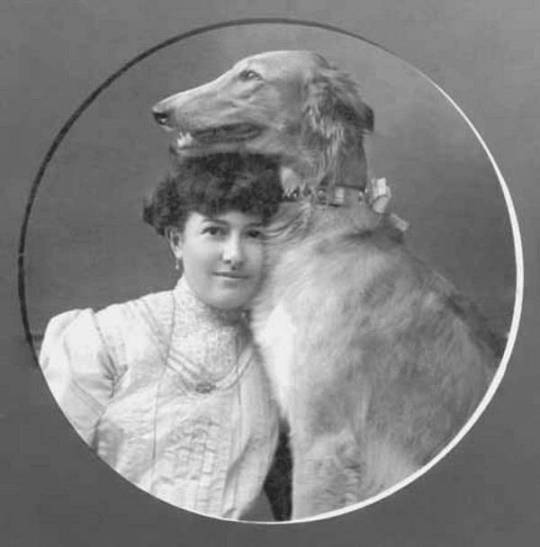Documenting the history of clothing in Germany sorted by century, decade, year, feminine/masculine/children's fashion and style name. Feel free to request or submit topics you would like to see more of!
Don't wanna be here? Send us removal request.
Text

ab. 1565 Lucas Cranach the Younger - Leonhard Badehorn
(Gemäldegalerie, Berlin)
58 notes
·
View notes
Text

1540 Jakob Seisenegger - Georg Thenn
(Kunstsammlungen und Museen Augsburg)
62 notes
·
View notes
Text

Hose, Doublet and Rock of Elector Moritz von Sachsen, 1545-1550
Starting the new year with one of the most expensive and glorious extant suits of the 16th century: this golden silk dress of Elector Moritz.
Made just a couple of years before he died in battle, this suit features tight fitting hose made of leather, silk and velvet, a silk doublet with pinked sleeves, and a Rock/Gown made of golden silk and black velvet - the colours of Saxony. The silhouette of this suit is typical for the mid 16th century: low waist, broad shoulders. That´s also why so many men of that period look like Henry VIII - they all shared the same fashion. The suit is currently exhibited at the Rüstkammer in Dresden, Germany.
169 notes
·
View notes
Text

1830 Franz Xaver Winterhalter - Sophie of Sweden, Grand Duchess of Baden
(Badisches Landesmuseum)
69 notes
·
View notes
Text



1853 Federico de Madrazo y Kuntz - Baron and Baroness of Weisweiller
(Musée Bonnat-Helleu)
314 notes
·
View notes
Text

Kicking off this blog with one of the most beautiful 16th century doublets in existence (in my opinion): the green summer doublet of Duke Moritz of Sachsen-Lauenburg, who lived between 1551 and 1612. The whole doublet is covered with long slits, thus making it ideal for hot summer days. The huge sleeves were super fashionable during the 1580s and 90s, yet few extant garments with this feature survive.
3K notes
·
View notes
Text


So called "Landschaftskleid" (Landscape-dress) of Elector Johann Georg von Sachsen, 1611
Consisting of breeches, a doublet, a cloak, a hat and a baldric, this suit was gifted to Elector Johann Georg by his widowed mother Sophia. All garments are made of silk and heavily embroidered, featuring small-scale depictions of different regions and ladscapes, hence the name "Landschaftskleid". Most of the depicted regions are part of the Duchy of Saxony, where Johann Georg ruled. So he basically cosplayed his own country. Currently exhibited at the Rüstkammer in Dresden, Germany.
224 notes
·
View notes
Text


Riding Coat from the court of Saxony, ca. 1601
This riding coat, made of black cloth and decorated with silk, is one of 24 coats ordered for the servants of the Saxon court in 1601. Additional mittens could be pulled over the sleeves during cold weather.
Like most riding coats of that time, this example is double-breasted and closed with hooks and eyes. The back is cut wide to allow the wearer to sit comfortably on the back of a horse without fabric getting in the way.
Today, this garment is exhibited at the Rüstkammer in Dresden, Germany.
2K notes
·
View notes
Text

ab. 1790 Waistcoat with pinwheel shaped decoration
cream silk taffeta, multi-colored silk embroidery, cream cotton flannel
(Kunstgewerbemuseum Berlin)
109 notes
·
View notes
Text

1756 Anna Rosina de Gasc - Anna Elisabeth Louise of Brandenburg-Schwedt
(Palaces and Gardens Foundation Berlin-Brandenburg)
70 notes
·
View notes
Text

ab. 1731 Antoine Pesne - Sophia Dorothea of Prussia, Margravine of Brandenburg-Schwedt
(Private collection)
137 notes
·
View notes
Text

Carte de visite of two fine fellows rocking like it’s 1892 (per date on reverse), with their little dog who is vibrating into another timeline entirely
833 notes
·
View notes
Text

MINIATURIST, German Gospels of Henry the Lion 1175-88 Manuscript (Cod. Guelf. 105 Noviss. 2), 340 x 255 mm Herzog-August-Bibliothek, Wolfenbüttel
55 notes
·
View notes
Text


MASTER of the St. Bartholomew Altar St Agnes, St Bartholomew and St Cecilia [with detail] 1500-05 Wood, 129 x 161 cm Alte Pinakothek, Munich
#1500s#16th century#feminine fashion#masculine fashion#painting#whats going on on her head but the fabric patterning is crazy
102 notes
·
View notes
Text
Guda: a medieval self-portrait

Self-portrait of Guda, homilary, Frankfurt, second half of 12th century.
"The first category of figures we have considered shows the artist present in the work or in the process of creating it. To that category, we add a second type of portrait or self-portrait, in which the artist beseeches a favorable judgment for him-/herself after the work is completed.
Such is the case with the famous signed self-portrait of Guda, who represents herself within a collection of homilies in an initial D[ominus] for the octave of the Pentecost. The inscription reads: “guda peccatrix mulier scripsit q[ue] pinxit h[un]c librum (Guda, a sinful woman, wrote and painted this book).” Of the seven initials in the manuscript, this D is one of only two that contain figures. The other historiated initial comes at folio 196, the opening of the Assumptio Mariae, and contains a portrait of the virgin identified as Maria Virgo. The other five initials display dragons, interlaces, ribbons, or spirals.
Guda represented herself firmly grasping the initial with her left hand and raising her right in a gesture of salutation and expectation. I would argue that Guda carefully and consciously chose to be here. The initial opens the ninth homily of St. John chrysostom, the Sermo beati iohannes episcopi de david ubi goliad immanem hostem devicit (Sermon of the blessed Bishop John, on when David overcame the monstrous enemy Goliath), which explains the election of David. The homily also offers an occasion to meditate on the gifts of the Holy Spirit and its role in comforting the soul. In short, Guda has chosen the perfect spot in which to await the Second Coming of Christ, and this is why she represents herself as a sinner, whose activity as an artist should count in her favor at the end of time.
Guda’s self-representation in this way is analogous to the scene the scribe Swicher has staged (for the reader?) in the frontispiece of his copy of isidore of Seville’s Etymologies. Swicher’s author portrait is most original. In the upper register, Isidore of Seville is depicted in conversation with Bishop Braulio of Zaragoza, the patron of the Etymologies. In the lower register, Christ in propria persona presides at the scribe’s last judgment. Two angels busy themselves at a balance in which is weighed the very manuscript Swicher copied. The work of the scribe counts as a work of virtue: a third angel takes Swicher’s soul away through a thick cloud, whereas the devil turns around empty-handed. The Titulus attests to this: "O god, deign to have mercy on this wretched scribe. Do not consider the weight of my faults. Small though the good things may be, let them be exalted over the bad. Let night give way to light; let death itself give ground to life.”
Guda and Swicher make use of the same patterns of visibility and those patterns are not gender-specific. In both cases, the artists stage their humility and represent their belief that they might reach the heavenly kingdom through the artistic work they have done."
Mariaux Pierre Alain, "Women in the making: early medieval Signatures and artists’ portraits (9th–12th c.)", in: Reassessing the Roles of Women as 'makers' of Medieval Art and Architecture
215 notes
·
View notes
Text

Nicola Perscheid und die bildnismäßige Dr. Paul Kühn Darmstadt: Alexander Koch, 1905.
162 notes
·
View notes
Photo

A German woman in a summer dress next to a Borzoi. Photo – Hermann Jursch, Nuremberg (1903)
510 notes
·
View notes